Lighthouse #8
Curating the best insurance, insurtech, innovation and leadership content for you.
Ron Arnold
11eight | Linkedin | twitter
It's better to have tried and failed than never tried, you can rest easy knowing you gave it a go.
Katherine Kelly
Sweet move by Honey Insurance: In the work we do with start-ups, one area we spend a lot of time exploring is how to get the proposition in front of customers – with volumes and costs that make sense. In insurance, with traditional marketing avenues hotly contested by big brands eg NRMA, AAMI, Auto & General, this can be very expensive. In reality, the “pathway to market” is one of the biggest challenges facing start-ups.
Honey Insurance announced yesterday that it would be distributing through one if its strategic investors – AGL Australia. This represents a great opportunity for Honey.
AGL has a customer base of 4.2m, although it appears the proposition will be marketed through the connectnow platform that helps people move house – a smaller pool. The likely hypothesis here is that when people move house they will also need a new home insurance policy. And with retention rates in home insurance being very high, this is probably a good marketing/distribution vector.
For AGL, the move represents part of its broader strategy to take “… away the hassle of calling several providers by streamlining customers’ essential services and becoming the one place for energy, broadband, mobile - and now insurance”
Honey should take great learnings from this partnership such as:
> The appeal of the product coverage and pricing approach (the product is underwritten by RACQ)
> The appeal of a key dimension of the Honey offer - smart home technology, including sensors that can proactively detect preventable incidents such as fire, water damage or even theft.
> The effectiveness of the connectnow channel and what it takes to get customer interest and conversion to sales.
Source: Honey
Bolt from the blue!: Fascinating to watch the "Bolt" model continue to get momentum and be another example of changes in the way "mobility services". Bolt is a transportation platform providing ride-hailing, micromobility, e-scooter and food delivery services. It is a fastest-growing startup with over 75M customers in 45+ countries, from Europe to Africa. It has just raised has raised €600 million in a round that pushes its valuation to over €4 billion.
Sequoia Capital has backed the company as part of the round. Source: Forbes
Use my data - Consumers say: Some striking results in this report just released by Bain & Company and Salesforce that examines consumer attitudes towards data usage and personalisation in banking and insurance:
> More than 50% of customers are happy for their insurer/bank to use internal data for them
> ~40% happy for the use of publicly available data for them
> ~50% happy for forms and applications to be pre-populated
> ~60% happy to receive offers based on personalised assessment
The headline is that a healthy proportion of consumers are open for more personalised offers using first party and third party data. Opportunities to streamline and remove friction from processes using data should be on the radar for all insurers. It adds further weight to propositions like #embeddedinsurance eg issuing a quote as part of the mortgage process. It also suggests there may be growing interest in Australia for usage based insurances, that utilize customer "usage" data and which are gaining traction overseas (eg telematics).
Whilst an opportunity for insurers, consumer acceptance of data usage in this way opens the door for challenge. For instance, banks and comparison websites like Finder using transaction data to identify and market #insurance opportunities. Source: Salesforce
Key Innovation trends shaping insurance: The insurance revenue landscape is shifting fast. In the recent Insurance Revenue Landscape 2025 study, Accenture analyzed customer demands to understand the trends shaping global revenue pools, and thus predict that the industry will be influenced by these 4 areas of innovation.
1. Health, Wellness and Life Products and Services: more insurers are now tailoring their insurance value propositions to encompass areas of health and wellness, made possible through telematics, AI and complementary ecosystems with mental and physical healthcare providers.
2. Sharing Economy, Climate Change and Cyber Threats: the 3 most relevant emerging risks that insurers must address for the future.
3. Technology Integration Within Traditional Products: from telematics devices to data-driven AI, technology allows for increased personalization of products, services and rates.
4. Shift to Alternative Distribution: insurers need to innovate to stay relevant and compete with tech-centric players who are also targeting the insurance value chain.
Early stage businesses like KOBA Insurance, upcover and FloodMapp provide great ways for insurers to explore these opportunities, dynamically.
Are Australian Insurers looking at these areas seriously?
Source: Accenture
11eight is a specialist consulting firm helping Corporates get better results from their innovation and helping start-ups get ready to work with Corporates. While 11eight takes due care with the information contained or implied in this Newsletter, 11eight does not warrant or guarantee its accuracy. Readers should validate the information and 11eight accepts NO responsibility or liability for any actions readers take based on information contained herein. Please sign up to our Newsletter and you can contact us here.

